Video surveillance at the Paralympic Games
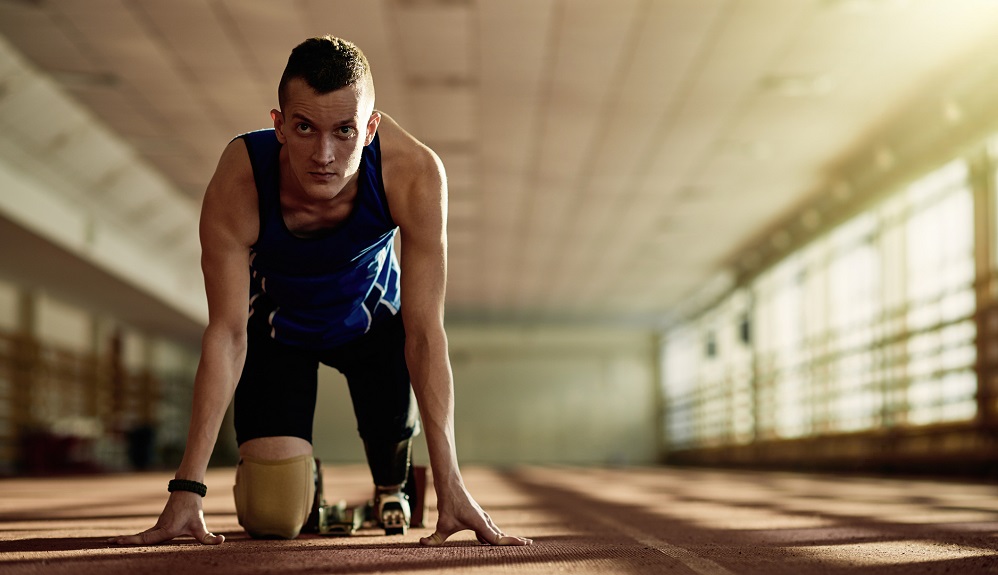
Held since 1960, the Paralympic Games match the Olympic Games in intensity and scale. Events like this bring together athletes with various types of disabilities and attract thousands of spectators from around the world.
The significance of the Paralympic Games goes far beyond sports:
* Social impact: promoting inclusion, combating stigmatization, increasing the involvement of people with disabilities in public life and sports;
* Sports development: improved equipment, higher standards of organization, and sporting achievements;
* Economic benefit: growth in tourism, job creation, and enhanced international reputation of the host country.
Such large-scale events naturally demand flawless organization — especially in terms of safety and security.
Challenges in organizing the Paralympic Games
Organizers of Paralympic championships face the usual challenges typical of large public gatherings: weather conditions, housing and accommodation, catering, and more. However, security remains one of the most critical issues.
In countries like China and South Korea, video surveillance is legally required at mass events. But even in countries where this isn’t mandated, security camera systems are becoming essential, helping not only to ensure safety (anti-terrorism, crowd protection, theft prevention, unauthorized access) but also to solve a variety of additional logistical and operational tasks.
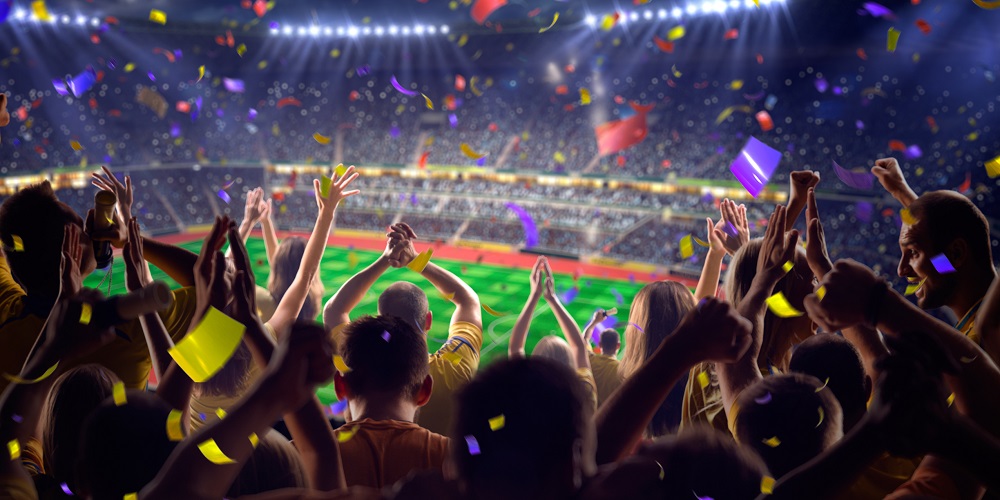
How video surveillance helps at Paralympic tournaments
![]() General security measures
General security measures
Deterrence effect
The very presence of cameras often deters crime. Surveillance can be carried out using stationary cameras or drones — compact aerial devices with real-time first-person video capabilities. Drones are ideal for wide-area coverage, while PTZ (pan-tilt-zoom) cameras remain popular for automated area scanning.
Intrusion detection
A core feature in nearly all surveillance systems is motion detection, allowing automatic identification of movement in protected zones. Combined with scheduling, it can be configured to trigger alerts only at night or during non-operational hours. The system can also distinguish between object types — humans, vehicles, and more.
Event response
When an intrusion is detected, the system can start recording either continuously or only upon event detection — helping save storage space, which is crucial for large-scale setups using dozens or hundreds of cameras.
Instant notifications
Modern surveillance systems can send alerts via smartphone push notifications, email, third-party monitoring platforms, or trigger automatic actions — from alarms and guard deployment to custom scripts.
Even the most basic features can be configured in flexible ways to meet project-specific needs.
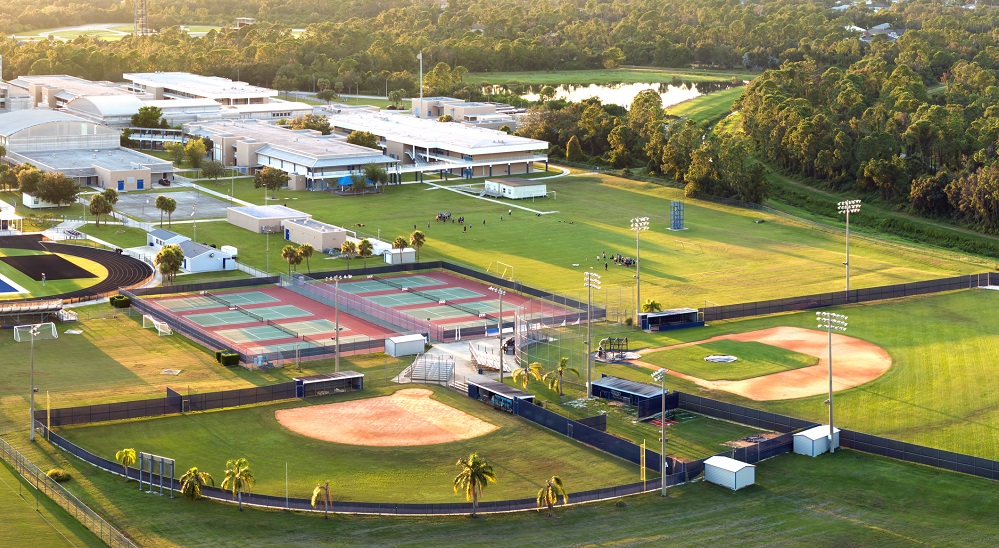
![]() Proactive threat prevention
Proactive threat prevention
Suspicious loitering
The ‘Loitering Detector’ helps identify individuals lingering near restricted zones for extended periods — often a precursor to intrusion. Also, Xeoma’s ‘Duration Detector’ allows this logic to be applied to other modules, enabling object presence timers that can mark a scene as suspicious.
Vandalism and disorderly conduct
Cameras in hotel lobbies and public venues deter misconduct. More advanced systems offer acoustic analysis — detecting sounds of breaking glass, screams, etc.
AI-powered modules can detect anomalous behavior, such as signs of intoxication or aggression.
Theft
Even basic surveillance can help monitor equipment, manager offices, and financial zones to prevent or investigate theft. Video cameras pointed at the commodity that needs protection will be a 24/7 watchdog, tirelessly capturing evidence to reveal how incidents unfolded.
Smuggling and prohibited items
Prohibited items like weapons may not be allowed into spectator zones. AI-powered systems can detect such items in real time and notify security staff. Many modern systems can be trained to recognize custom objects or behaviors.
Xeoma, for example, offers a ‘My Detector’ feature — allowing users to load their own object recognition models — and the ‘Camera-Embedded Detector’, which utilizes video analytics embedded directly in IP cameras for state-of-the-art edge computing.
![]() Access control
Access control
Surveillance cameras can also be used to automate access control, reducing the need for human staff at entry points.
Vehicle access
Using the ‘License Plate Recognition’ feature, vehicles can be granted automatic access when identified as authorized — for example, automatically opening a gate or barrier.
Pedestrian access
With the ‘Face Recognition’ tool, the system can grant access to authorized personnel via turnstiles. For stadium attendees, face-based entry can replace traditional ticket QR scanning or use a web camera to scan the tickets.
A unified system can also display navigation instructions to help visitors find their seats, improving crowd flow and reducing confusion.
![]() Construction and infrastructure safety
Construction and infrastructure safety
For major events, new stadiums and venues are often built. Construction sites are hazardous by nature, but video surveillance offers smart solutions:
* PPE monitoring: The ‘Construction Safety Detector’ automatically identifies whether workers are wearing required personal protective equipment (e.g., hard hats), improving safety compliance and reducing injury rates;
* Timelapse recording: Helps monitor construction progress, enforce deadlines, and provide transparent reporting for stakeholders.
![]() Transportation monitoring
Transportation monitoring
Video surveillance is increasingly used in transport. Shuttles carrying athletes, staff, or fans can be equipped with cameras to:
* Monitor passenger behavior;
* Capture incidents;
* Create content for event video blogs or promotional campaigns.
![]() Live streaming and promotional use
Live streaming and promotional use
Xeoma includes a ‘Streaming to YouTube’ module, which allows direct broadcasting from cameras to YouTube channels — offering fans a behind-the-scenes look and enhancing event transparency and engagement.
![]() Solving unique requirements
Solving unique requirements
While many surveillance systems offer AI-based analytics, only a few are flexible enough to address rare or custom scenarios.
Xeoma stands out by offering:
* Custom module combinations;
* Support for client feedback and feature requests;
* Tailor-made solutions adapted to project-specific needs.
For example, Xeoma has a ‘PTZ Sports Tracking’ module that can automatically rotate the camera to follow the sports ball. This feature allows to have sports broadcasts that do not miss anything important, even without a dedicated camera man.
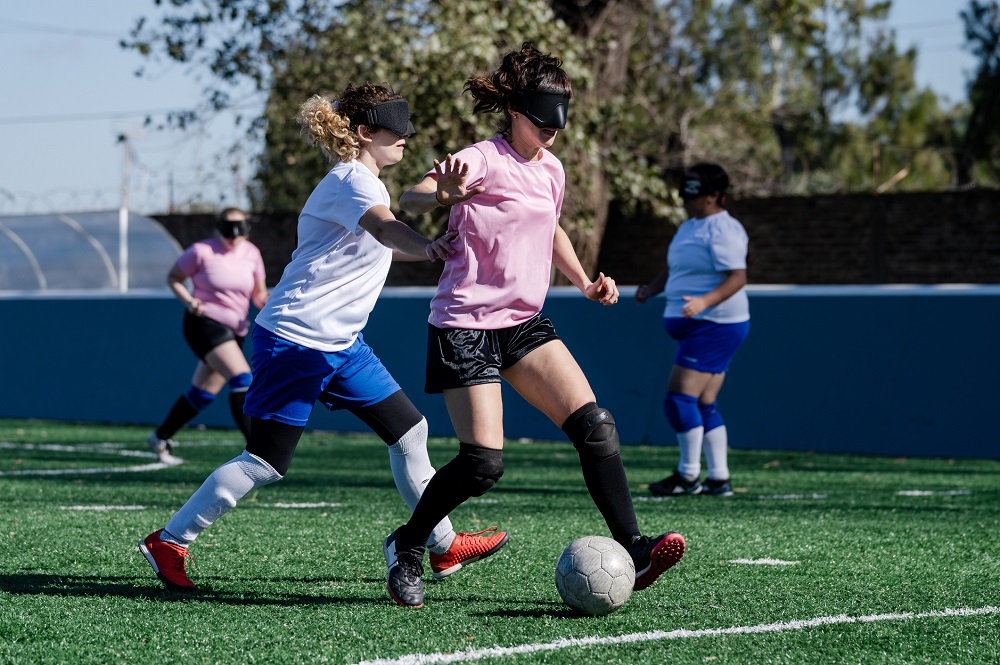
Real-world examples of video surveillance at the Paralympics
Tokyo 2020: accessibility monitoring
Cameras with video analytics tracked wheelchair users’ movement and helped promptly identify accessibility issues like blocked ramps or congested areas.
London 2012: behavior-aware surveillance
For the first time, behavior analytics systems were adapted to the unique motor patterns of Paralympic athletes, reducing false alarms and improving response accuracy.
Beijing 2022: thermal monitoring during the pandemic
Thermal imaging cameras were used to detect potential symptoms of illness without physical contact — a vital feature under strict COVID restrictions.
Conclusion
Various Paralympic games present unique challenges in terms of security, accessibility, and technological flexibility. Video surveillance systems have become powerful tools — not only for safety but also for enhancing logistics, inclusivity, and the overall experience.
Xeoma is a comprehensive, AI-powered solution designed to meet the demands of Paralympic-scale events. With its wide range of smart modules, customizable settings, and adaptability to unique scenarios — from incident prevention to ticket system integration — Xeoma is ready to support any challenge.
Try Xeoma for free! Enter your name and your email to send the license to in the fields below, and click the ‘Get Xeoma free demo licenses to email’ button.
We urge you to refrain from using emails that contain personal data, and from sending us personal data in any other way. If you still do, by submitting this form, you confirm your consent to processing of your personal data
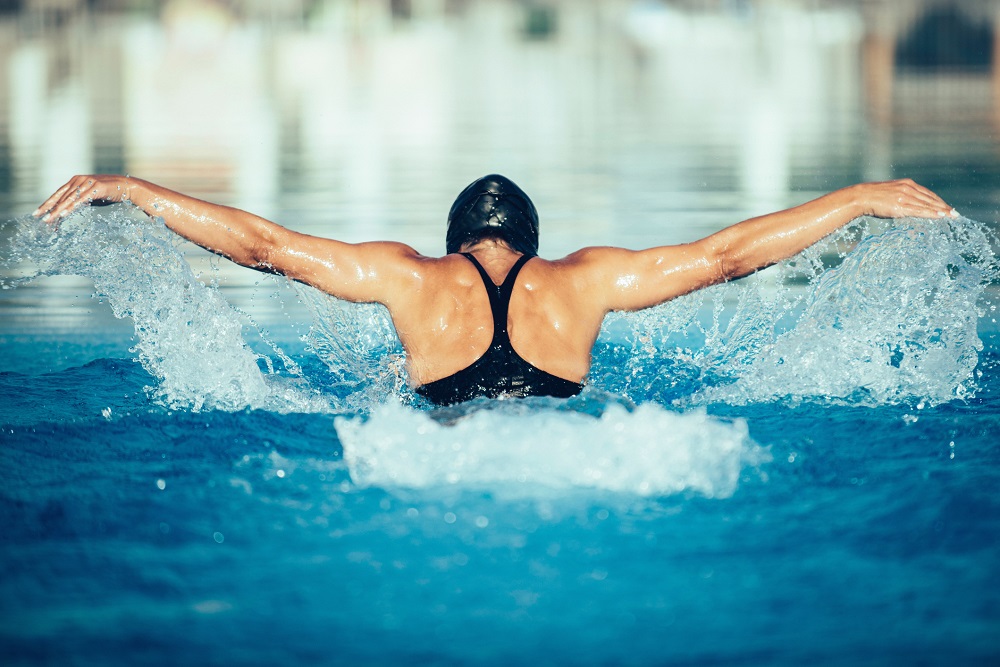
August 6, 2025
Read also:
How CCTV keeps the Tour de France, La Vuelta and Arctic Race of Norway safe&secure
Cybersports video monitoring: how video surveillance helps in esports
Stay safe during ATP cup 2021
Tech support note: We need auto tracking for sport games (football, basketball). Can Xeoma do that?
FIFA World Cup: stadium security is important, but safety is primary
Video monitoring in tennis: How CCTV accompanies major tennis championships
Video surveillance system at sports building
Video surveillance in golf championships: enhancing the experience and ensuring security